It is known that the financial stability of any enterprise largely depends on the stability of the sources of capital used. Simply put, less borrowed money and the more internal, the better the company's position in the difficult conditions of the modern market. An important role is played by the ratio of fixed and current assets, as well as the characteristics of the main assets of the enterprise.
Key concepts and indicators used
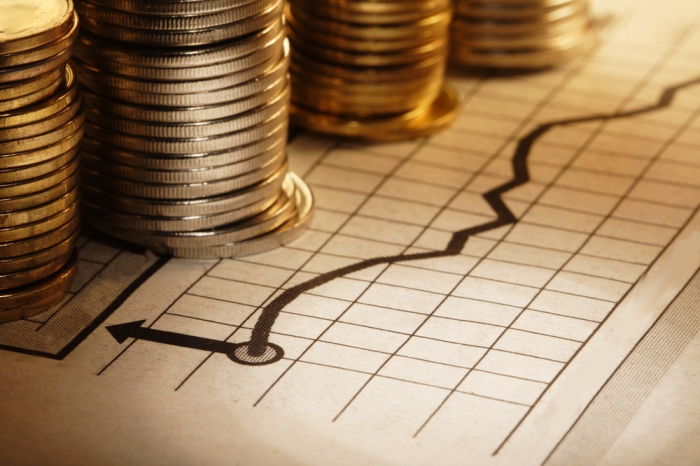 To accurately determine the "degree of strength" of the company, used financial analysis sustainability. To conduct it, it is important to analyze the following indicators:
To accurately determine the "degree of strength" of the company, used financial analysis sustainability. To conduct it, it is important to analyze the following indicators:
- Degree of autonomy: this item just considers how much the company has its own funds, and how much - borrowed investments.
- Respectively, degree of dependence. This indicator indicates how much the company has borrowed funds in the general structure of production.
- Current debt. Shows the ratio of minor financial liabilities to the total balance sheet of the company.
- Long-term financial independence. The ratio of long-term capital of the company itself and similar investments from third parties.
- Solvency ratio. For its calculation, the ratio of own funds to borrowed money is also used. The lower the indicator, the more willing to invest in production.
- Risks of the financial plan. Again, it shows the volume of lending to own production money. When analyzing financial stability, the last two points should be paid special attention.
Example
In general, the whole analysis can be reduced to checking the last indicator. All other information is to some extent its reflection. Let's give an example of an average plant, on the basis of the data of which we will describe the methodology for analyzing financial stability. As you can see, the table shows a gradual decrease in the amount of equity in the company.
| Company liability structure, example | Quantitative indicators | Rev. on the final per-d | |
| Report start | End of report | ||
| Degree of autonomy | 0,71 | 0,65 | - 0,06 |
| Degree of dependence | 0,31 | 0,37 | + 0,06 |
| Current debt | 0,20 | 0,28 | + 0,08 |
| The degree of lack of need for borrowed funds | 0,82 | 0,77 | - 0,08 |
| Solvency ratio | 2,34 | 1,99 | - 0,55 |
| Probability of loss of funds | 0,44 | 0,57 | + 0,13 |
In general, nothing special, since many companies have more loans than their own funds. The probability of loss of funds has also increased, which indicates a significantly increased dependence on credit injections.
Evaluation of indicators from different points of view
Of course, the changes reflected in the table from the perspective of the owners of the enterprise and its investors look somewhat different. It is clear that banks are much more profitable when the company has more of its own funds, as this immediately indicates two positive aspects: the presence of adequate leadership and minimization of financial risks. Enterprises themselves are more often interested in attracting investments, and there are several reasons for this at once:
- Interest on payments is immediately considered by the tax authorities as losses, and therefore are not included in the tax base.
- As a rule, the costs of servicing loan funds are still lower than the profit that was received with their help. This will show any analysis of financial stability (an example is found in the article repeatedly).
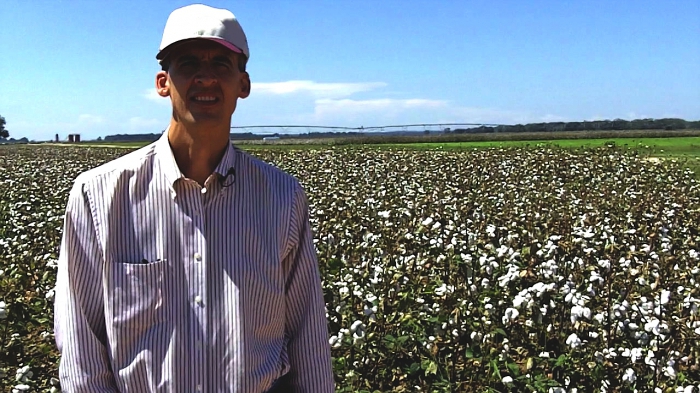 Oddly enough, in a market economy, an increase in the amount of free money in enterprises themselves does not at all indicate an improvement in the economic situation.On the contrary, borrowing and attractiveness of the company for investors indicate the necessary degree of flexibility and good management of the enterprise. What else should an economist be guided by when conducting an analysis of financial stability?
Oddly enough, in a market economy, an increase in the amount of free money in enterprises themselves does not at all indicate an improvement in the economic situation.On the contrary, borrowing and attractiveness of the company for investors indicate the necessary degree of flexibility and good management of the enterprise. What else should an economist be guided by when conducting an analysis of financial stability?
On the ratio of own and borrowed funds
Contrary to popular belief, there simply does not exist a rule that determines the optimal ratio of fixed and borrowed funds. In any case, for enterprises of various industries, this indicator will seriously differ in any case. In any case, it all depends on the specific situation. It is also important to consider funding approaches. Below we provide a table from which you can make an approximate idea of all of the above.
Important Note: Spare wheel bracket - This is a debt capital with a long circulation. SC, respectively, equity. KZK - also borrowed funds, but with a short period of circulation.
| Name, type of asset | Share at the end of the year,% | Financing Approach Used | ||
| Aggressive Technique | Moderation | Conservatism | ||
| Non-current assets | 59,6 | 42% - DZK | 22% - DZK | 12% - spare wheel bracket |
| 62% - SK | 82% - SK | 92% - SK | ||
| Permanent capital | 23,1 | 52% - DZK | 27% - DZK | 100% - CK |
| 50% - CK | 77% - SK | |||
| Variable part | 19,6 | 100% - K3K | 100% - K3K | 50% - CK |
| 50% - K3K | ||||
Asset profile
Their constant part is a kind of “inviolable piece”. The minimum amount of funds that the company needs for normal functioning, and the size of which does not depend on the action of various phenomena. This unit is financed exclusively from its own money, but in some cases money from long-term borrowed investments may be taken. However, this is not recommended, because such measures greatly reduce the attractiveness of the company to investors.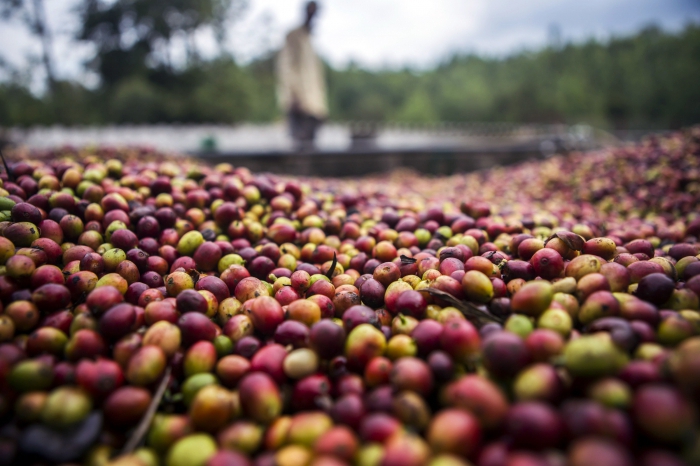
The variable part is the one on which the analysis of liquidity and financial stability is often based. This volume is predisposed to changes that depend on many macroeconomic factors, the company's position in the market, etc. Usually, financing comes from short-term loans from banks, but some managers prefer to use their own funds for these purposes. Let's determine the true value of the above indicators by analyzing financial stability in this vein.
Aggressive financial policy
- Indicator fin. independence = 59.6 * 0.6 + 23.1 * 0.5 + 19.6 * 0 = 46.6%.
- Indicator fin. dependencies = 100 - 46.6 = 53.4%.
- The probability of loss of funds = 53.4 / 46.6 = 1.15.
Moderate Financing Policy
- TOFn = 59,6 * 0,9 + 23,1 * 0,75 + 19,6 * 0 = 65,0%.
- TOFederal Law= 100 - 64 = 36%.
- TOFR = 36/64 = 0,56.
Conservative housekeeping
- TOFn= 59,6 * 0,7 + 24* 1 + 19,6 * 0,6 = 85%.
- Kfz = 100 - 84.9 = 15.1%.
- Kfr = 16/85 = 0.18.
If you look at the analysis of the financial stability of the enterprise (an example of which you see in the table), you can understand that the company is a supporter of a moderate financial policy, and the probability of loss of funds does not exceed those values that correspond to the average.
About the financial risk factor
The risk factor (leverage) not only shows the overall "strength" of the enterprise, but also has a significant impact on its profit. And how can you analyze the solvency and financial stability in this case? Level of financial leverage (UFL) determine by correlating the rate of increase in company income (% of share) to the same indicator for total profit, until the interest on servicing the funds raised (% of%) is paid:
UVL = DCHP% / DBP%
So you can easily determine how much the process of growth of net profit is ahead of the process of growth of total income of the enterprise. Accordingly, by increasing or decreasing the level of borrowed capital, this indicator can be flexibly regulated. Assume that the percentage of net profit is 23.7%. The income after tax, theoretically, is 21.8.In this way:
Atfl = 24:22 = 1,09
It can be concluded that a one percent increase in borrowed capital allows you to increase the amount of net profit by 1.09%. With a decline in production, these indicators will change in a similar way.
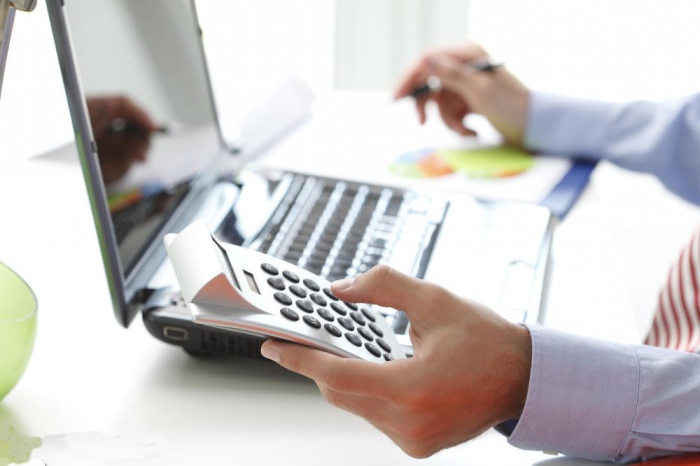 Armed with these data, you can predict the financial risks of the enterprise and talk about its real stability in the conditions of the modern market. This is what any analysis of the financial stability of an enterprise is directed to. An example of another calculation method will be given in the following table.
Armed with these data, you can predict the financial risks of the enterprise and talk about its real stability in the conditions of the modern market. This is what any analysis of the financial stability of an enterprise is directed to. An example of another calculation method will be given in the following table.
About the amount of net assets
A very important indicator is the amount of net assets. Simply put, this item indicates how much money will remain with the company, even if all external sources of financing are lost. Accordingly, the larger this amount, the more attractive the company is for investors, since even in the most difficult situations they will be able to get back at least part of the invested funds. This indicator is defined as the difference between an asset and a liability (more precisely, their value), it is guided by an economist, analyzing the financial stability of the organization. For clarity, we give a table here.
| Main factors | The beginning of the lane | The end of the lane |
| Assets | 47 000 | 67 000 |
| Deductible Amounts: | ||
| Contributions in arrears | - | - |
| Estimated Future Costs | 202 | 302 |
| How many assets are taken into account | 46 800 | 66 700 |
| Liabilities | ||
| Long-term financial liabilities, including deferred | 5 500 | 6 500 |
| Short-term liabilities on borrowed funds | 3 500 | 8 600 |
| Debt to creditors | 5 700 | 9 500 |
| Units payable to founders | - | - |
| Provisions for future expenses | - | - |
| Other current liabilities | - | - |
| Total liabilities accepted for accounting | 13 700 | 23 600 |
| Total net assets | 31 500 | 41 500 |
| Their share in the balance sheet of the enterprise | 69,55 | 63,53 |
What should be taken into account?
It should be remembered that the analysis and assessment of financial stability at the cost of net assets in fact is quite a conditional indicator, since accounting reserves are expressed in estimated, rather than market, prices. In any case, this indicator must necessarily be greater than the size of the organization’s capital used.
In the case when the value of assets significantly exceeds the amount of capital, the latter must be increased; if less, then the enterprise, under the terms of current legislation, is obliged to self-liquidate. In any case, with a sharp decrease in their level, the management is obliged to take all measures to stabilize the situation by increasing the profitability of production and optimizing costs. The analysis of the financial stability of the organization is precisely aimed at obtaining all the necessary information. In this article we provide basic information, but still do not forget about the need for an individual approach in the case of each enterprise.
Determination of the stock of "strength" of the enterprise
In many ways, the financial stability of a company depends on the ratio of variable to fixed costs. If investments are made in fixed assets of the enterprise, then a quite natural increase in fixed costs is noted (as we already mentioned, referring to the tax service). The relationship between various types of costs and other factors of production is reflected in the indicators of production leverage, which directly affects the company's net profit.
How is the analysis of financial stability indicators in this vein? Its level is calculated on the basis of the ratio of the rate of increase in profits from the core business of AP% (excluding tax payments) to the rate of increase in sales in kind (AURP%). Simply put, this indicator clearly demonstrates the degree of sensitivity of the enterprise to changes in the level of production. If the analysis of financial stability showed a high value for this item, then even the slightest drop in the output of goods will cause very serious consequences for profit.In the case when the general economic situation in the country is far from ideal, the matter may end in bankruptcy.
As a rule, the analysis of absolute financial stability shows such values in those industries where the saturation with modern technology is very high and the importance of modern means of production is high. The fact is that in this case, the share of permanent losses, and hence the industrial leverage, is significantly increased. The higher the indicators of the latter, the higher the degree of risk of a strong loss and inability to settle short-term debt obligations to credit institutions. To make sure of this, you can look at the analysis of financial stability indicators given in the table below.
| Indicator Name | Production | ||
| BUT | AT | WITH | |
| Product cost, rub. | 900 | 900 | 900 |
| Variable expenses of specific type, rub. | 400 | 350 | 300 |
| Permanent losses, thousand rubles | 2 000 | 2 250 | 2 500 |
| Break-even level in pieces of products sold | 3 000 | 3 273 | 3 500 |
| Volume of production, pcs .: | |||
| First option | 4 000 | 4 000 | 4 000 |
| Second option | 4 600 | 4 600 | 4 600 |
| Percentage increase in production | 30 | 30 | 30 |
| Profit volume, thousand rubles | |||
| First option | 3 400 | 3 400 | 3 400 |
| Second option | 3 880 | 3 880 | 3 880 |
| Volume of losses, thousand rubles: | |||
| First option | 1000 | 3 000 | 3 100 |
| Second option | 3 080 | 3 150 | 3 220 |
| Net income, thousand rubles | |||
| First option | 600 | 500 | 400 |
| Second option | 900 | 830 | 760 |
| Percentage increase in profit,% | 60 | 82,5 | 120 |
| Production Leverage Ratio | 3 | 4,125 | 6 |
Thus, the higher the ratio of variable costs to constant, the higher the leverage ratio. It can also be seen from the table that the highest degree of production risk is observed at enterprise C. The higher the fixed costs, the higher the break-even level, the worse for production, since its financial strength is lower, and the ability to survive under strong changes in the market is lower.
 To calculate the size of financial strength, the net revenue is taken and the break-even level is subtracted from it. The amount received is again divided by revenue. This is one of the ways in which an analysis of the financial stability of an enterprise can be performed.
To calculate the size of financial strength, the net revenue is taken and the break-even level is subtracted from it. The amount received is again divided by revenue. This is one of the ways in which an analysis of the financial stability of an enterprise can be performed.
| Indicator Name | Past period | Current
period |
| Net revenue minus all tax payments | 84414 | 98120 |
| Revenue from the sale of goods, thousand rubles | 16477 | 19597 |
| Cost of sales, thousand rubles | 68937 | 79523 |
| Variable expenses, thousand rubles | 48857 | 52955 |
| Fixed costs, thousand rubles | 20180 | 26668 |
| Total coverage margin, thousand rubles | 36557 | 46165 |
| Margin to profit ratio,% | 0,5263 | 0,565 |
| Break-even volume, thousand rubles | 48100 | 58135 |
| Financial Strength: | ||
| thousand roubles. | 37285 | 41013 |
| % | 43,5 | 41,2 |
Thus, an analysis of the financial stability of the enterprise shows that the plant only last year needed to sell products worth more than 48 thousand rubles. And even with such revenue, which is clearly visible from the table, the real profitability of production is practically zero. But the actual revenue exceeded 84 thousand, which exceeds the threshold of the critical amount by 43.5%. Actually, this is the margin of the desired strength. As we again see from the table, in the reporting year this indicator dropped to 41.2%. However, the safety margin of the enterprise is still quite high.
But if this trend continues, and this confirms the analysis of solvency and financial stability of the enterprise, then it goes to bankruptcy. Therefore, it is extremely important for the economists of the enterprise to constantly monitor the margin of profitability, and to prevent any tendencies to its sharp change. This is extremely important for the overall financial stability of the company. In some cases, the management board even has to take unpopular measures, such as cutting costs or cutting staff. However, almost all businessmen agree that such behavior nevertheless speaks of low professionalism.
About business risk
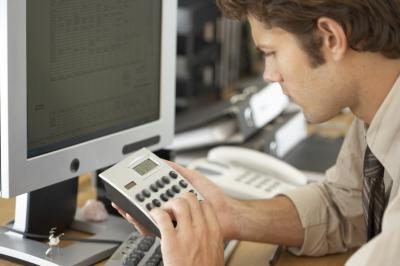 Finally, we talk about business risk. It is extremely dependent on demand (more precisely, on its variability), cost of sales, inflation and the general rate of economic growth in the country: it approaches the minimum mark if, with moderate inflation, the cost of production grows, but demand does not remain the same.On the contrary, if the rate of depreciation of money increases sharply, then the purchasing power of consumers falls, as well as sales volumes. Naturally, any solvency analysis and financial stability of the enterprise will show in this case frustratingly low results.
Finally, we talk about business risk. It is extremely dependent on demand (more precisely, on its variability), cost of sales, inflation and the general rate of economic growth in the country: it approaches the minimum mark if, with moderate inflation, the cost of production grows, but demand does not remain the same.On the contrary, if the rate of depreciation of money increases sharply, then the purchasing power of consumers falls, as well as sales volumes. Naturally, any solvency analysis and financial stability of the enterprise will show in this case frustratingly low results.








